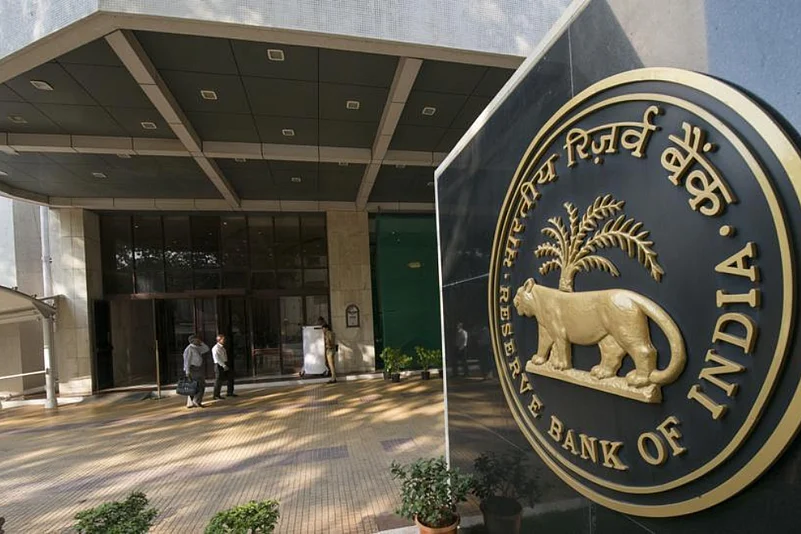The Reserve Bank of India (RBI) has made significant progress in phasing out Rs 2,000 denomination banknotes from circulation. As of March 1, 2025, the RBI reported that 98.18 per cent of the Rs 2,000 notes have been returned, demonstrating the effectiveness of the withdrawal procedure and the robust support from the public.
When the withdrawal was announced on May 19, 2023, Rs 2,000 banknotes accounted for Rs 3.56 lakh crore in circulation. As of February 28, 2025, this figure has dropped drastically to Rs 6,471 crore, demonstrating a major reduction in high-value currency notes in the financial system.
To facilitate the return process, the RBI initially permitted deposits and exchanges at all bank branches until October 7, 2023. Later, the exchange centre was limited to 19 RBI Issue Offices across the country. From October 9, 2023, people were also permitted to deposit Rs 2,000 currency through India Post to any RBI Issue Office for credit to their bank account directly. This was especially helpful for people in isolated areas who were unable to go to a bank branch or RBI office themselves, providing wider reach.
Even after the massive withdrawal, the RBI has assured that Rs 2,000 notes are still legal tender. Nevertheless, since more than 98.18 per cent of them have already been withdrawn, their existence in routine transactions has largely fallen off, so much so that they are fast becoming a rare sight in routine usage.
To combat the shortage of cash following demonetisation, Rs 2,000 denomination notes were introduced in 2016. While lower-denomination notes became more prevalent their usage has declined, prompting the RBI to phase them out for a more efficient currency system.
As part of its Clean Note Policy, with the aim of ensuring the circulation of quality banknotes, the RBI pulled them out to improve the efficiency of the monetary system and organize cash flow in the economy.














